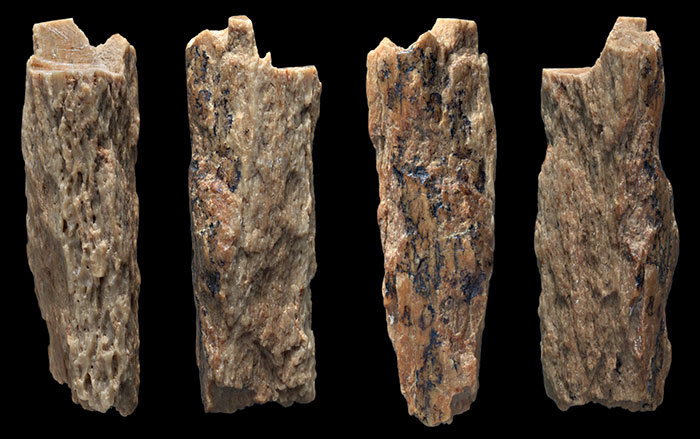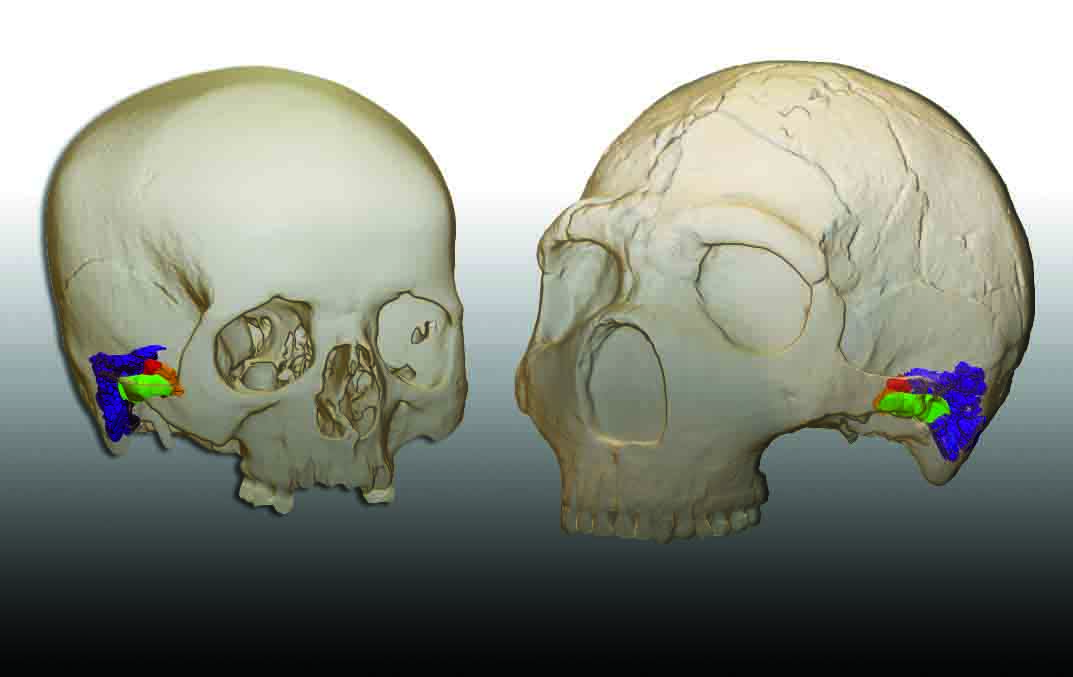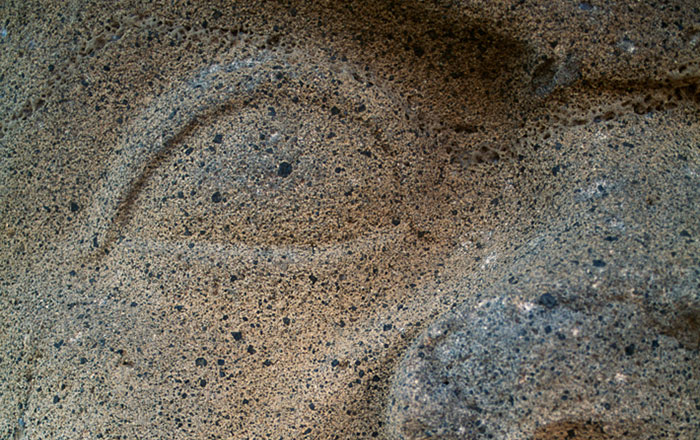
LEIPZIG, GERMANY—According to a report in Seeker, an international team of scientists has recovered hominin genetic material from cave sediments ranging in age from 14,000 to 550,000 years ago. Nine samples, taken from four archaeological sites, produced enough mitochondrial DNA for analysis. Neanderthal DNA was found in eight of the samples, most of which came from archaeological layers where no Neanderthal remains had been recovered. The ninth sample, from a site in Russia, yielded Denisovan DNA. “We were surprised by how well this worked,” said geneticist Viviane Slon of the Max Planck Institute of Evolutionary Anthropology. The team also looked for DNA of other mammals, and found it in layers dating to times when the animals were alive, but not in later layers dating to periods after the animals had gone extinct. The researchers note, however, that they need more data to learn how DNA moves through the environment. For more, go to “Decoding Neanderthal Genetics.”











